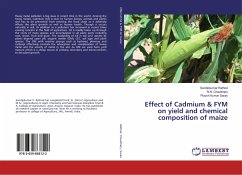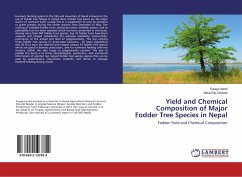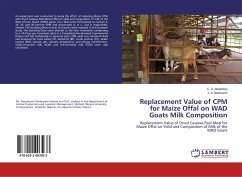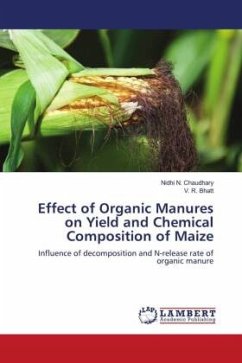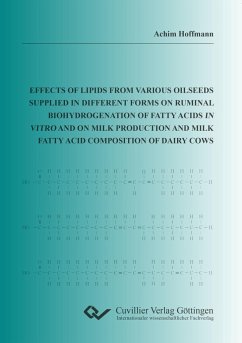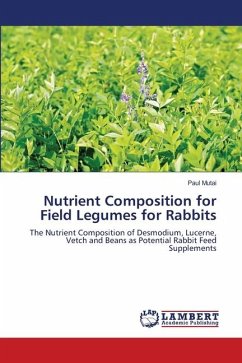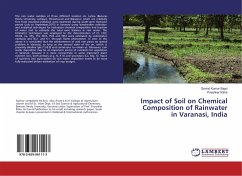
Factors Affecting Yield and Milk Composition in Dairy Animals
Versandkostenfrei!
Versandfertig in 6-10 Tagen
47,99 €
inkl. MwSt.

PAYBACK Punkte
24 °P sammeln!
Milk is a nutritious, cost-efficient source of protein, minerals and vitamins. Cattle, goats and sheep have been the major sources of milking for human consumption. However, these species' milk yield and composition is known to be influenced by genetic and non-genetic factors. This is on the background that genetic factors such as the genotype are difficult to control, unless through selective breeding. There are variations in milk yield and composition, not only between, but also within species, because of diversity among genotypes, management practices, stage of lactation, etc., and also int...
Milk is a nutritious, cost-efficient source of protein, minerals and vitamins. Cattle, goats and sheep have been the major sources of milking for human consumption. However, these species' milk yield and composition is known to be influenced by genetic and non-genetic factors. This is on the background that genetic factors such as the genotype are difficult to control, unless through selective breeding. There are variations in milk yield and composition, not only between, but also within species, because of diversity among genotypes, management practices, stage of lactation, etc., and also interactions among these factors. These environmental and physiological factors (stage of lactation, pregnancy, prolificacy, etc) greatly influence the amount and composition of milk that is actually produced. Some non-genetic factors, such as the nutrition and management of the milking animals can be manipulated by the dairy farmer to improve milk yield and produce high quality milk. This bookattempts to explore the influence of genetics and some non-genetic factors on yield and milk composition in cattle, goat and sheep.




